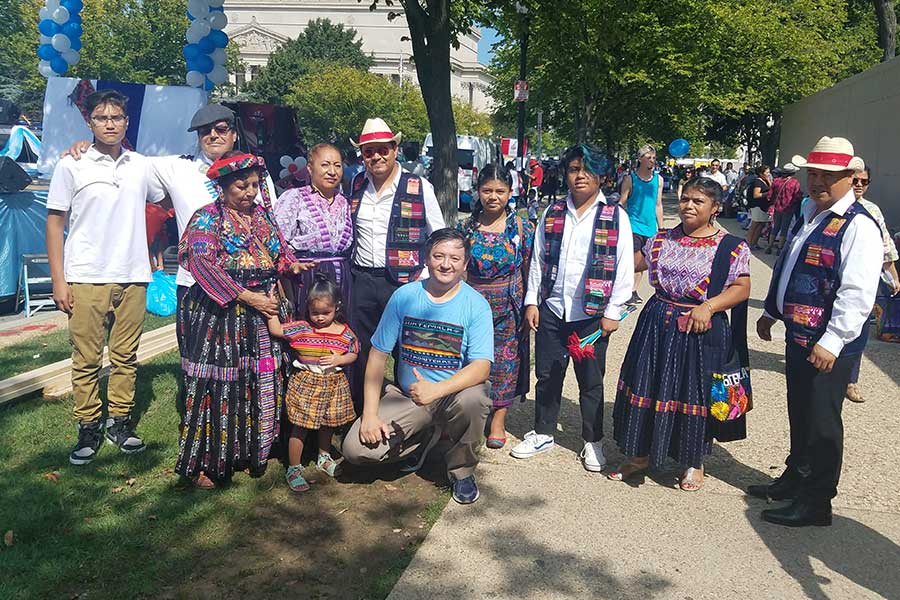Cultural diversity refers to the presence of a wide range of cultural backgrounds, beliefs, practices, and traditions within a society or community. In today’s increasingly interconnected world, cultural diversity has become more prominent and important than ever before. It is a testament to the richness and complexity of the human experience, and an opportunity for us to learn from and appreciate the perspectives and experiences of others.
The Importance of Cultural Diversity
Cultural diversity is important for a number of reasons. Firstly, it promotes respect and understanding between individuals and communities. When we encounter people from different cultural backgrounds, we are exposed to new ideas, beliefs, and ways of life. This allows us to broaden our perspectives, challenge our assumptions, and deepen our understanding of the world and the people around us.
In addition, cultural diversity also provides opportunities for innovation and creativity. When people from different cultures come together, they bring with them their unique perspectives, experiences, and ways of thinking. This can lead to new ideas and approaches to problem-solving, and can help drive progress and development in many different fields.
Furthermore, cultural diversity also promotes social cohesion and a sense of belonging. When people from different backgrounds come together and celebrate their differences, they create a sense of community and connectedness. This can help to build bridges between communities, promote understanding and cooperation, and create a more inclusive and tolerant society.
The Challenges of Cultural Diversity
While cultural diversity can bring many benefits, it also presents some challenges. For example, it can be difficult for people from different cultural backgrounds to find common ground, particularly when there are significant differences in beliefs and values.
In addition, cultural diversity can also lead to feelings of frustration, confusion, and even fear. For example, people from different cultural backgrounds may have different expectations and assumptions about social norms and customs, leading to misunderstandings and miscommunications.
Moreover, cultural diversity can also exacerbate existing social and economic inequalities. For example, people from minority cultural backgrounds may face discrimination and prejudice, making it more difficult for them to access opportunities and resources.

Celebrating Cultural Diversity
Despite the challenges that cultural diversity can present, it is essential that we celebrate and embrace it. This can involve a range of activities and initiatives, such as:
Encouraging intercultural dialogue: By fostering open and respectful conversations between people from different cultural backgrounds, we can promote understanding and cooperation.
Celebrating cultural events and festivals: By celebrating the cultural traditions and practices of different communities, we can promote appreciation and understanding.
Promoting diversity in the media: By ensuring that diverse cultural perspectives and experiences are represented in the media, we can help to challenge stereotypes and promote understanding.
Supporting cultural organizations: By supporting cultural organizations, we can help to preserve and promote the cultural heritage and traditions of different communities.
Fostering intercultural education: By teaching students about different cultural traditions and practices, we can help to promote appreciation and understanding.
Conclusion
In conclusion, cultural diversity is a vital aspect of the human experience. It provides opportunities for growth, creativity, and innovation, and promotes respect, understanding, and social cohesion. However, it also presents some challenges, and it is essential that we work together to celebrate and embrace it. By doing so, we can create a more inclusive, tolerant, and diverse society, where everyone is valued and respected, regardless of their cultural background.


